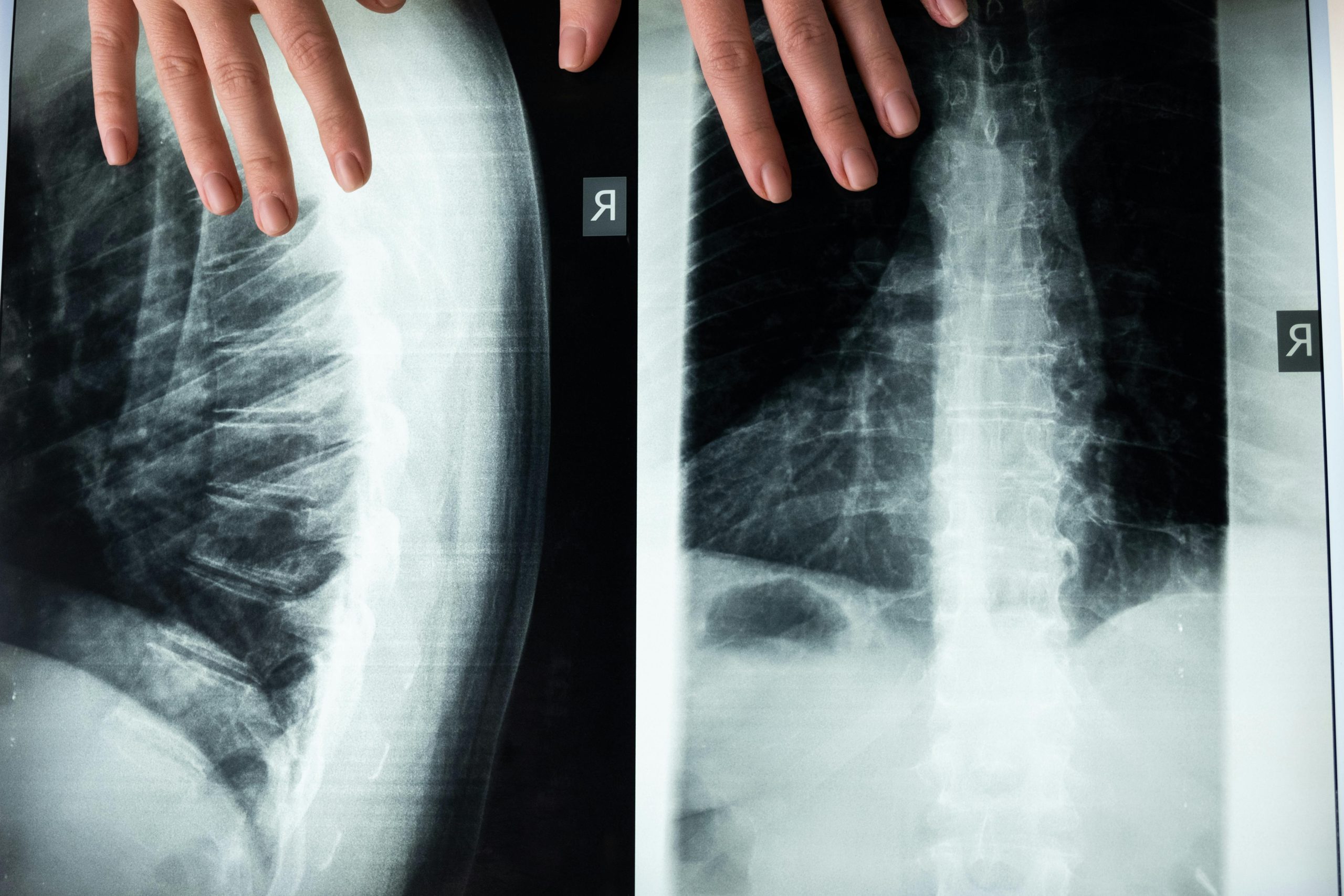
Introduction
In today’s fast-paced and increasingly regulated work environments, ensuring team safety is no longer optional—it’s a strategic priority. Businesses across industries must be proactive, responsive, and collaborative when it comes to workplace safety. Enter Safety collaboration software—a modern, digital solution that transforms the way organizations manage safety communication and compliance. By enabling real-time alerts, centralized communication, and seamless incident reporting, this technology has become a game-changer in promoting safer, more connected workplaces.
What Is Safety Collaboration Software?
Defining the Tool
Safety collaboration software refers to a digital platform designed to enhance safety-related communication and coordination within an organization. It facilitates real-time information sharing, incident reporting, risk mitigation, and team collaboration, all within a single centralized system.
Core Features
Some of the key features of safety collaboration software include:
- Real-time alerts and notifications
- Incident reporting and documentation
- Task assignment and follow-up
- Audit trails and compliance tracking
- Mobile accessibility for on-the-go use
By offering these capabilities, safety collaboration software empowers organizations to take immediate action in response to hazards or incidents, ultimately reducing workplace injuries and improving safety culture.
The Importance of Real-Time Alerts
Respond Faster to Emergencies
The ability to send and receive real-time alerts is one of the most vital features of any safety collaboration software. In emergency situations—such as chemical spills, fires, or security breaches—every second counts. Delays in communication can mean the difference between safety and catastrophe.
With safety collaboration software, teams can:
- Instantly notify the right personnel
- Reduce emergency response time
- Minimize harm or damage
- Coordinate evacuations or lockdowns efficiently
Improve Preventative Measures
Beyond emergencies, real-time alerts can also support preventative safety. For instance, if a piece of equipment malfunctions or a safety inspection fails, the system can instantly alert relevant teams so the issue is resolved before it escalates.
Enhancing Team Communication and Accountability
Break Down Silos
Traditional safety communication methods—like emails, phone calls, or paper reports—are often fragmented and unreliable. Safety collaboration software centralizes all safety communication, making it accessible to everyone who needs it.
This fosters transparency, collaboration, and a shared responsibility for safety across departments and shifts.
Track Actions and Responsibilities
The software often includes tools for assigning tasks and tracking their completion. This means that when an incident occurs or a hazard is reported, you can clearly see who is responsible for follow-up, when it was assigned, and whether it’s been resolved.
Such transparency enhances accountability and ensures that no safety issue goes unaddressed.
Use Cases Across Industries
Construction and Manufacturing
In high-risk environments like construction sites and manufacturing plants, hazards can appear suddenly. Safety collaboration software allows frontline workers and supervisors to:
- Report unsafe conditions in real time
- Trigger alerts for immediate hazards
- Monitor compliance and certifications
Healthcare
In hospitals and healthcare facilities, safety collaboration software supports staff by:
- Sending real-time updates during medical emergencies
- Facilitating communication during infectious disease outbreaks
- Tracking sanitation procedures and safety audits
Energy and Utilities
From electrical safety protocols to environmental monitoring, the energy sector depends heavily on safety collaboration software for:
- Monitoring field operations
- Communicating risks in real time
- Managing compliance and reporting
Integration and Mobility
Seamless Integration
Today’s best safety collaboration software integrates with other business systems such as HR platforms, project management tools, and environmental monitoring sensors. This interoperability streamlines workflows and ensures that safety data feeds into overall operational planning.
Mobile Accessibility
Modern workplaces are mobile—and so is effective safety management. Mobile-enabled safety collaboration software allows workers to:
- Report incidents directly from the field
- Receive push notifications and alerts instantly
- Access checklists, manuals, and safety protocols on their phones
This level of mobility ensures that safety isn’t bound to a desk—it follows your team wherever they go.
Boosting Compliance and Reporting
Simplify Audits and Inspections
Regulatory compliance is a major component of workplace safety. Safety collaboration software helps organizations stay compliant by:
- Maintaining detailed records of all safety communications
- Providing time-stamped incident reports
- Tracking compliance with safety protocols and checklists
During audits, everything is documented and easy to access, reducing the burden on your compliance team.
Generate Insightful Reports
Data-driven decision-making is key to improving safety outcomes. The analytics tools built into most safety collaboration software platforms provide:
- Insights into incident trends
- Identification of high-risk areas
- Metrics on response times and task completion
Armed with this information, safety managers can implement targeted strategies that reduce risks and prevent future incidents.
Supporting a Culture of Safety
Encourage Employee Participation
When workers feel heard and empowered, they’re more likely to engage in safety initiatives. Safety collaboration software encourages participation by giving everyone a voice, from frontline employees to upper management.
Reinforce Ongoing Education
Some platforms include training modules or reminders for certifications, ensuring that your team remains informed and compliant at all times.
Leadership Visibility
Safety is most effective when it’s modeled from the top down. Leaders can use safety collaboration software to monitor engagement, review trends, and communicate expectations—demonstrating their commitment to a safe work environment.
Choosing the Right Safety Collaboration Software
Key Factors to Consider
When selecting the right safety collaboration software for your organization, consider:
- Ease of use – Is it intuitive for all team members?
- Customization – Can it adapt to your unique safety protocols?
- Real-time capabilities – Does it provide instant alerts and updates?
- Scalability – Can it grow with your organization?
- Security – Is your data protected with encryption and backups?
The Safety-Chat Advantage
If you’re looking for a platform that checks all these boxes, Safety-Chat offers cutting-edge safety collaboration software designed for real-time communication, proactive safety management, and seamless integration. With a user-friendly interface and powerful alert system, Safety-Chat helps organizations stay ahead of safety challenges before they become incidents.
Conclusion
In an era where workplace safety is more important—and more complex—than ever, businesses need solutions that go beyond outdated systems and manual processes. Safety collaboration software provides a centralized, real-time, and mobile-ready platform to keep teams informed, connected, and protected.
By choosing the right solution, like Safety-Chat, your organization can improve response times, ensure regulatory compliance, and foster a proactive safety culture that benefits everyone. Don’t wait for an incident to take safety seriously—equip your team with the tools they need today.





